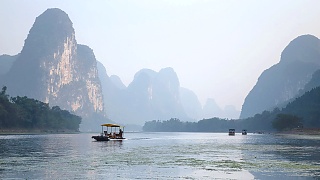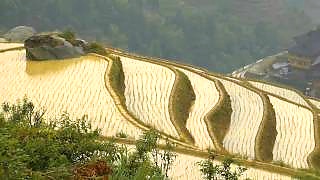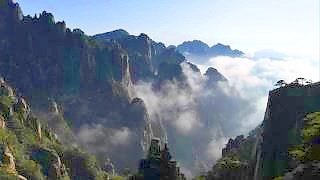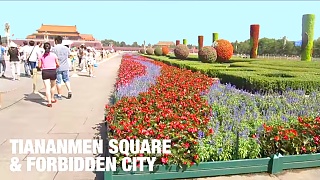 NingBo 宁波 …
NingBo 宁波 …
ZheJiang province.
[640],shadow=true,start=,stop=
ZheJiang map

Related Videos
Featured Videos

|
With Wei's Travel ...
|

|
A trip to the wild Great Wall ...
Love the ones you're with. Your partner, family, neighbours, the people you pass on the street. As this blue and green planet whizzes through space, we can all share the love with those around us.
The goal of all sane people is to create a better world for our children ...
|

|
With DianXi XiaoGe ...
Bonus film - wasabi ...
Bonus film - cherries ...
Bonus film - taro flowers ...
|

|
Bliss : Afterlife - album released 2001.
Includes : If Heaven Closes (6:10) and Will You Remember My Name (46:25).
Brew some green tea, draw the curtains, and sink into your favorite space. Close your eyes and let the journey begin; let's fly among the stars and see our world from afar; come back anew ...
Do support Bliss, this wonderful music talent, by buying the original CD / official download.
|

|
A beautiful film ...
The LongSheng (Dragon's Backbone) rice terraces 龙胜梯田 cover an area of around 65 square kilometers (about 16,000 acres) in GuangXi province.
Construction of the terraces began during the Yuan dynasty (1271-1368), most extensively around 500 years ago during the Ming dynasty, and continues today. The rice terraces stand as testament to the wisdom and strength of the Zhuang and Yao ethnic minorities who form the majority of the locals here.
LongJi (the Dragon's Backbone) Mountain is located in LongSheng County, about 100 km (2 hours drive) from GuiLin. The most famous of the rice terrace areas here are the Ping'An and JinKeng rice terraces. The terraced fields are constructed from riversides up to the mountain tops, at elevations of 300 meters (1,000 feet) to 1,100 meters (3,600 feet). A typical incline is 30 to 35 degrees.
This area is also noted for its LongJi tea and wine.
Best time to visit : May to mid-October (ideally, June to September).
|

|
Destabilization of China's neighbors is gathering pace ...
|

|
HuangShan lies in AnHui province, east China, to the west of HangZhou.
|

|
With One Shot Adventures ...
|
Tag search ?

 NingBo 宁波 …
NingBo 宁波 …





